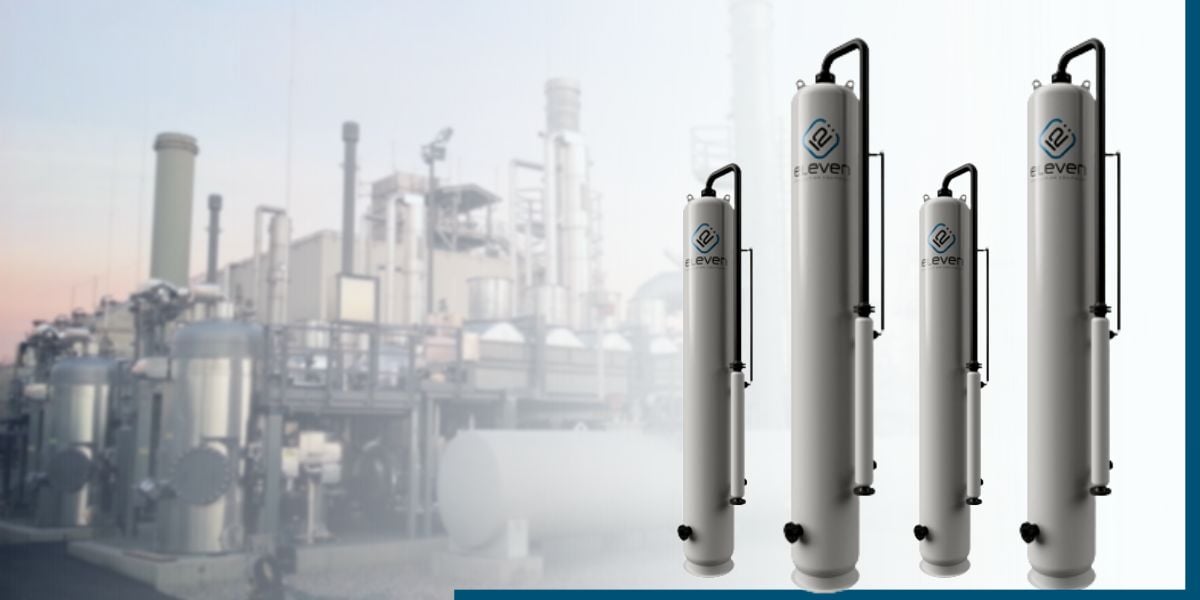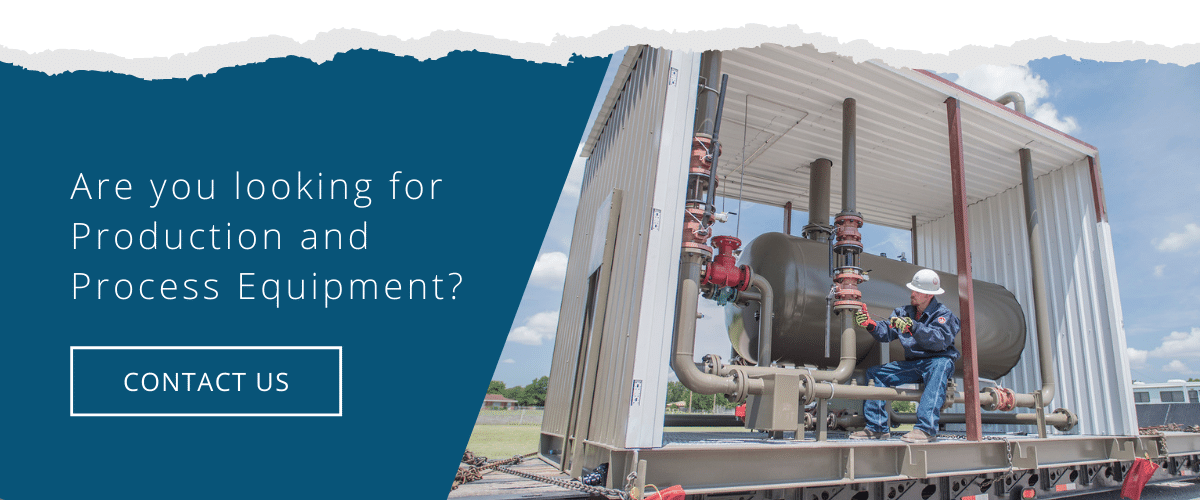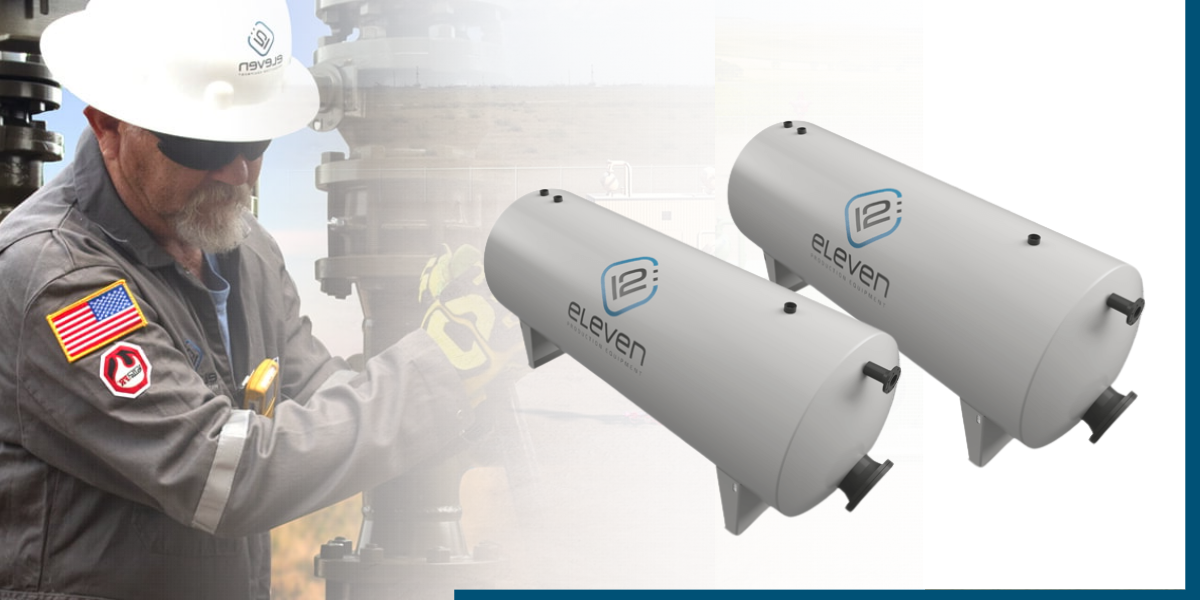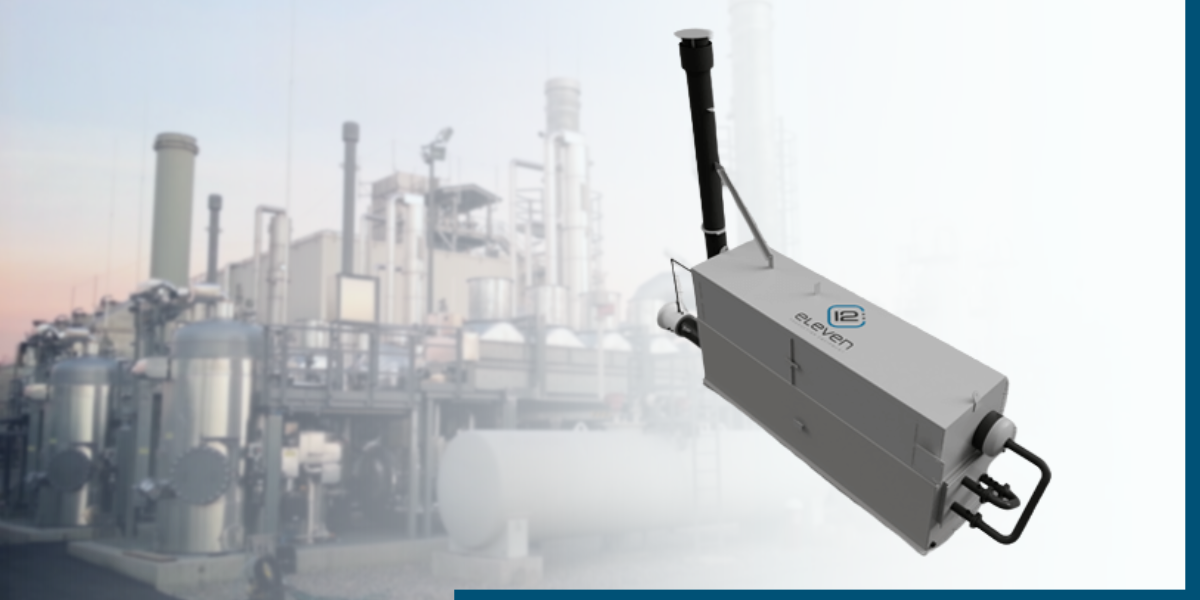Free Water Knockout (FWKO): What You Need To Know
Free water knockouts (FWKO) are an essential component in the oil and gas industry, designed to remove any free water present in the production...
3 min read
12:Eleven Team September 20, 2022

Are you in the market for a glycol contact tower? If so, you may be wondering what exactly a glycol contact tower is and what it can do for your business.
In this post, we'll provide an overview of what a glycol contact tower is, explain the benefits of using one, and the types available.
A Glycol contact tower is the primary component of a glycol dehydration system since it is used to convey gas water away from the gas by circulating glycol. A pressure vessel has an integrated scrubber and absorber section, as well as separate requirements for the tower to operate effectively.
Contact towers functions to contact lean glycol solution with the wet inlet gas. Various contact mechanisms can be employed with the most commonly used are bubble cap trays.
There are several different types of glycol contact towers, each with its own benefits and drawbacks. Some common types include:
Open-loop glycol towers are the most commonly used type of tower. They are simple in design and relatively easy to operate. However, they are not as efficient as other types of towers and can require more glycol.
Closed loop glycol towers are more efficient than open loop towers, but they are also more complicated and expensive.
Hybrid glycol towers are a combination of both open and closed loop towers. They offer the benefits of both types of towers but are more expensive than either one.
No matter what type of glycol contact tower you use, it is important to regularly maintain it to keep it operating properly. This includes checking the level of glycol and adding more than needed. It is also important to check for leaks and repair them as soon as possible.
Glycol contact towers work by circulating glycol through the tower. This removes water from the gas, preventing corrosion and degradation of equipment.
The glycol also acts as a heat exchanger, cooling the gas as it passes through the tower. This is important in preventing condensation and freezing of the gas.
In order to operate effectively, glycol contact towers must be regularly maintained. This includes checking the level of glycol and adding more as needed. It is also important to check for leaks and repair them as soon as possible.
There are several benefits to using a glycol contact tower, including:
Overall, glycol contact towers are an important part of a dehy system. They help to prevent corrosion and degradation of equipment, and can improve the efficiency of the system by removing water from the gas. While they can be expensive to purchase and maintain, their benefits outweigh their drawbacks.
Discover the strengths that the 12:eleven specialists in innovation and customization bring to production and process equipment. Contact 12:eleven and experience quality that is reliable, efficiency that is proven and service that is unsurpassed.
We invite you to request a quote for our products or services.
What Are The Different Types of Oil and Gas Separators? - What an oil and gas separator is, how they work, and all of the different types of separators that are currently being used in the field today.
What Are the Principles of Oil and Gas Separation? - Discover everything you need to know about the upstream oil and gas separation process
The Importance of ESG in the Oil and Gas Industry - Let's take a closer look at ESG in the oil and gas industry, and discuss how recent orders by the Biden administration have affected the scene.
All About Vapor Recovery Towers (VRTs) - Let's discuss the fundamentals of vapor recovery towers: what they are and how they function along with their many advantages for businesses.
As a specialty company providing custom design, engineering and fabrication of production and process equipment, we are dedicated to doing what’s right for our customers and passionate about creating value on every project.
We leverage the field expertise of our design and engineering group together with our diversified manufacturing capabilities to deliver a broad range of innovative surface production equipment - including Separators, Treaters, Free Water Knock Outs, Bulk and Test Packages, Indirect Line Heaters, Gas Production Units, Gas Dehydration Units, Glycol Contact Towers, Vapor Recovery Towers, Oil Stabilizing Towers.

Free water knockouts (FWKO) are an essential component in the oil and gas industry, designed to remove any free water present in the production...

Gas Production Units (GPUs) are a crucial component of the oil and gas industry. They play a significant role in the extraction, processing, and...

Piping modules and spools are an important part of any piping system. They help to keep the fluid in the system moving by providing a path for it to...